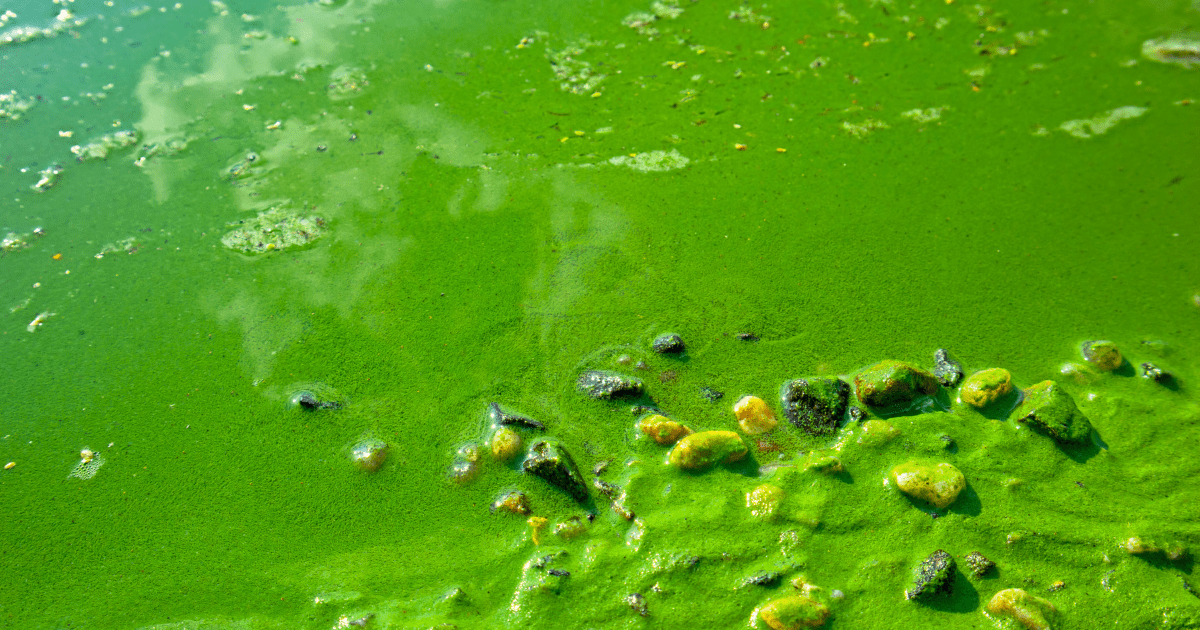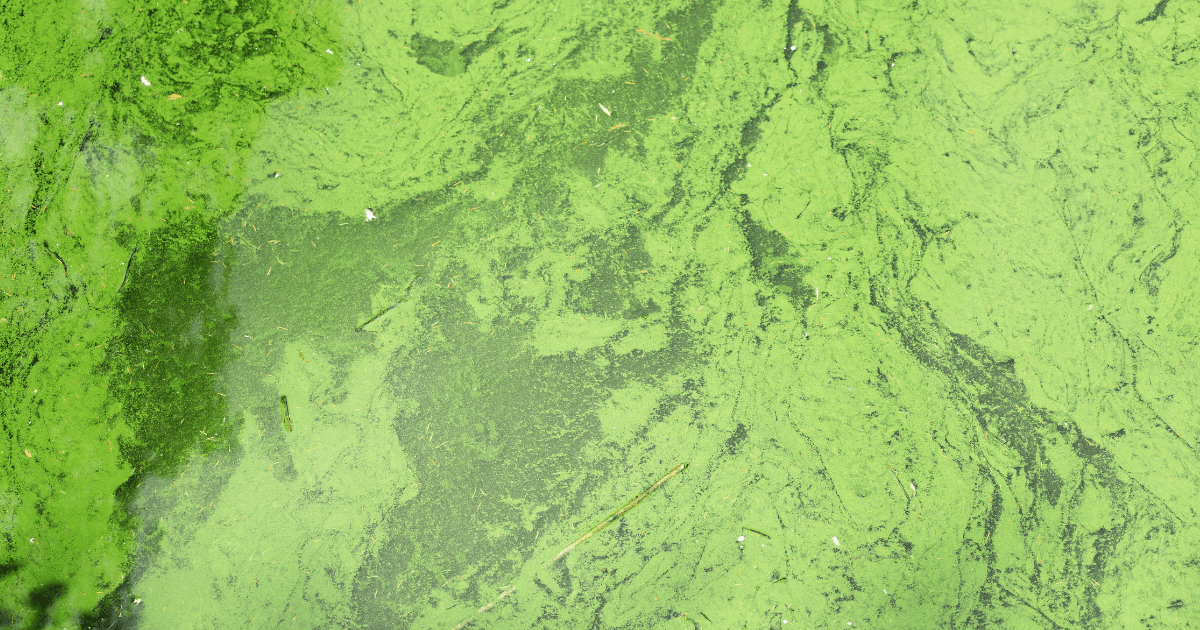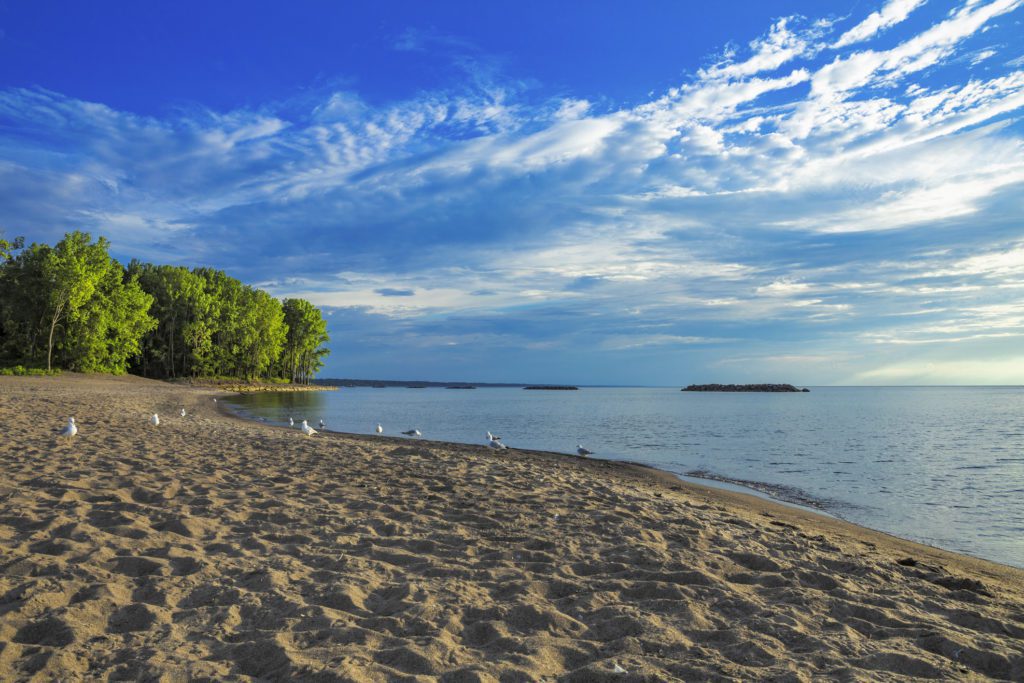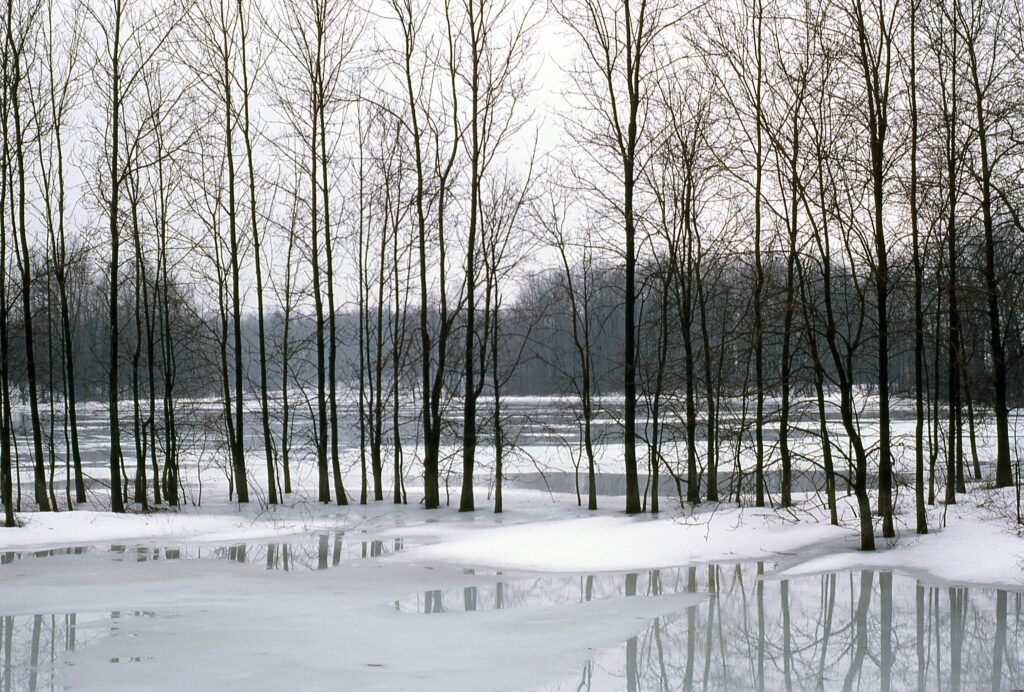Every summer in Lake Erie, an unwelcome guest – the infamous toxic algae bloom – shows its face and wreaks havoc in the Great Lakes. This year, our unwanted visitor stuck around for longer than usual.
Each year, scientists predict and then monitor the severity and growth of the western Lake Erie basin’s annual toxic algae bloom that continues to threaten the lake’s ecosystems, biodiversity and available drinking water.
At the beginning of this summer, the U.S. National Oceanic and Atmospheric Administration (NOAA) forecasted a mild bloom for 2022, giving it a 3.5 on a scale of 1 to 10. This mild forecast was the product of drier spring conditions with low rainfall in June and low rainfall expected for July. But after a few weeks of heavy rainfall following the forecast, NOAA projected a more severe bloom than they originally anticipated – a moderate bloom of 4.5 – 5.5 out of 10.
Algae blooms in the lake are caused primarily by nutrient pollution in the form of excess phosphorus from agricultural runoff. Warmer temperatures can cause a bloom to grow even larger and more severe during the summer months. Generally, algae blooms start to clear up near the end of the summer. But this year, the bloom remained well into autumn. In the first week of November, there was still a bloom of over 400 square kilometers!

Why the algae persisted so long isn’t known for sure yet, but an oceanographer at NOAA noted that the bloom did another unusual thing in October – it changed species. So what does that even mean, it changed species?
Well, Lake Erie’s algae is typically dominated by a cyanobacteria called microcystis. In early October, a new strain of bacteria named dolichospermum, or “Dolly,” took over. “Dolly” isn’t new to Lake Erie. It’s common and sometimes causes blooms in the lake’s central basin. But that’s usually in July and lasts a couple weeks. The NOAA scientist theorized that nitrogen in the atmosphere may have helped the bloom hang-on into November because Dolly can absorb the nutrient from the air. It can also tolerate cooler water than microcystis.
Toxic algae blooms are never good for Lake Erie and we certainly don’t want to see the bloom sticking around for longer.
This is yet another reminder that the issues facing Lake Erie are complex. They require a multitude of different individuals, groups and levels of government to work together towards a common goal. Lake Erie is one of the most precious freshwater lakes in the world and Canadians depend upon it for drinking water, food production, livelihoods, recreation, cultural and spiritual connection and much more. We need Lake Erie to remain healthy.
We need strong government policies that will significantly limit the amount of phosphorus entering the lake. We also need greater accountability from the broader agrifood industry and system in order to adequately address the Lake Erie algae problem. We cannot afford to allow Lake Erie to pass a tipping point of no return, as this would be devastating for the Great Lakes region as a whole. We are sleepwalking towards disaster and we can’t risk waking up when it’s already too late.










